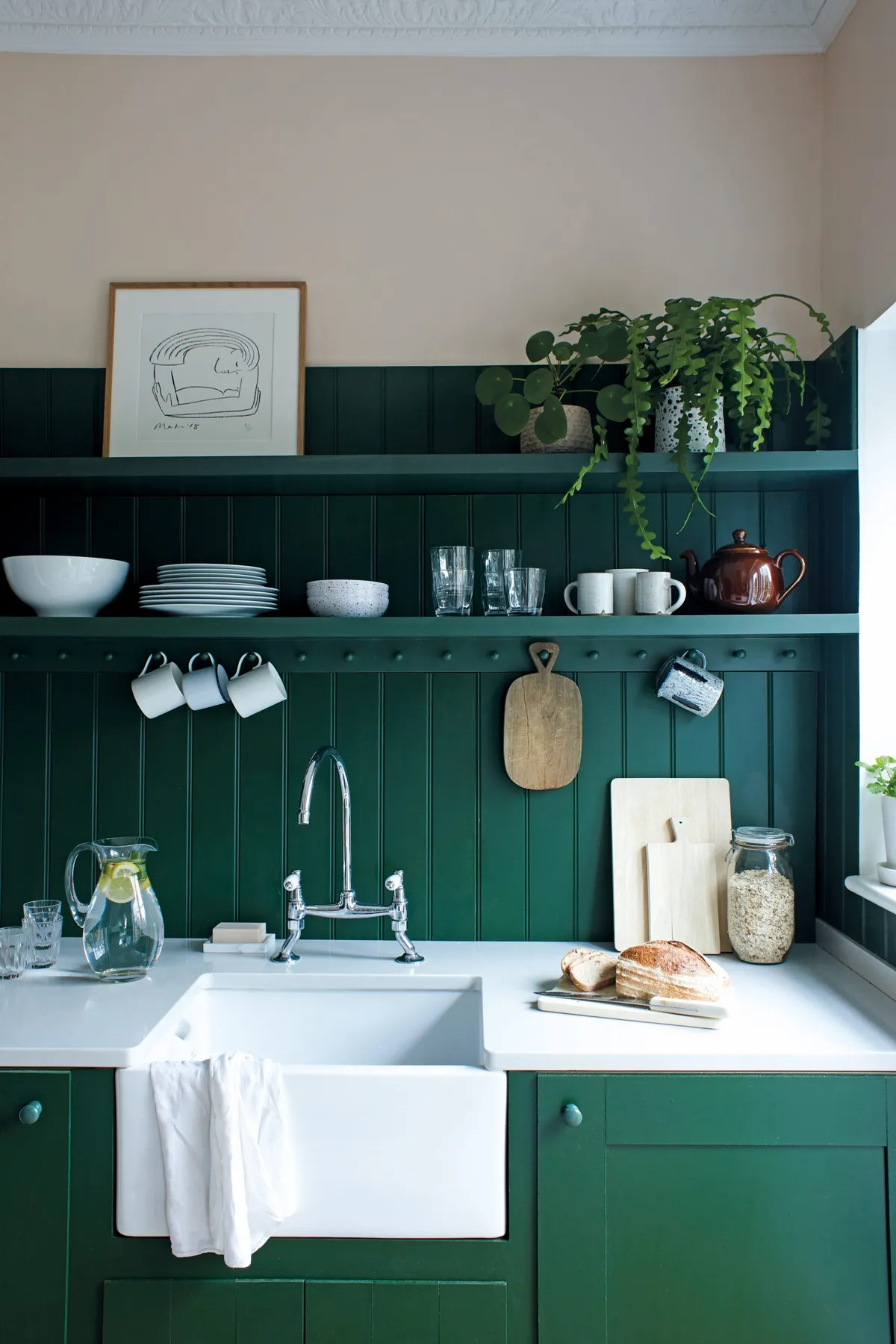Historically, paint was made using plant oils and tree resins to form a binder until, in the middle of the 20th century, manufacturers started making paint from plastics, by ‘cracking’ the petrochemical by-products from refining crude oil.
Paints became cheaper and more usable, but also hazardous – not only were they not good for the environment but bad for our health as they contained harmful volatile organic compounds (VOCs) and monomers. They also contained other nasties such as formaldehydes and heavy metals, leading the World Health Organisation to warn professional decorators that their trade was carcinogenic. Fast forward half a century or so and cue legislation that forced paint-makers to dramatically reduce the VOC content in their paints.
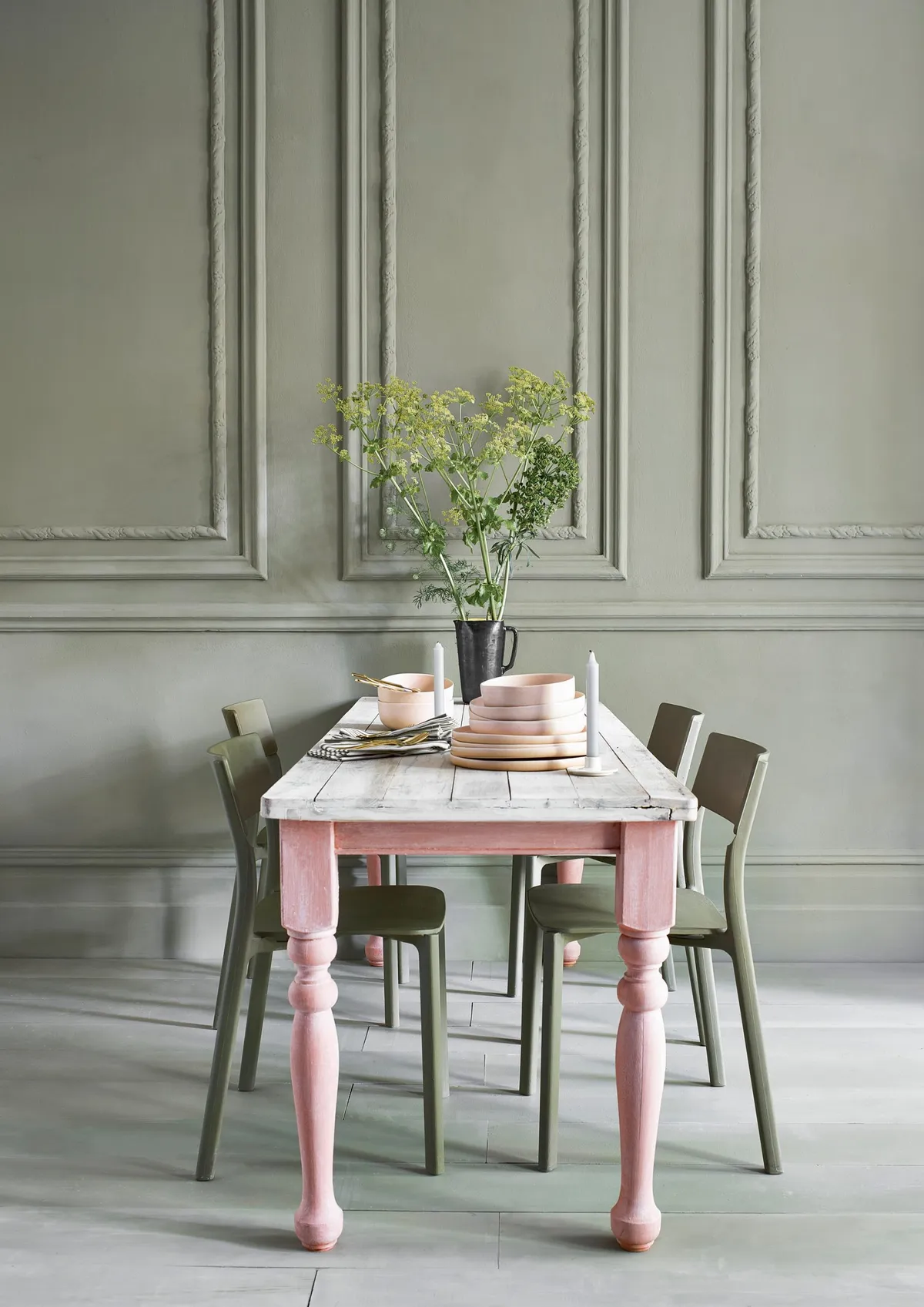
Since then, great leaps have been made: more paints on the market are now water-based with minimal VOC content – some much lower than EU-permitted levels (max 30g/l for wall paint and 130g/l for wood paints) – and other paints have emerged that go even further and contain natural raw materials such as lime. Gone are the days of smelly fumes and dizziness but, in environmental terms, some paints are better than others.
Edward Bulmer, environmental campaigner and colour expert, who runs his eponymous paint company, says decorators should take the time to find out what’s in the products they buy.
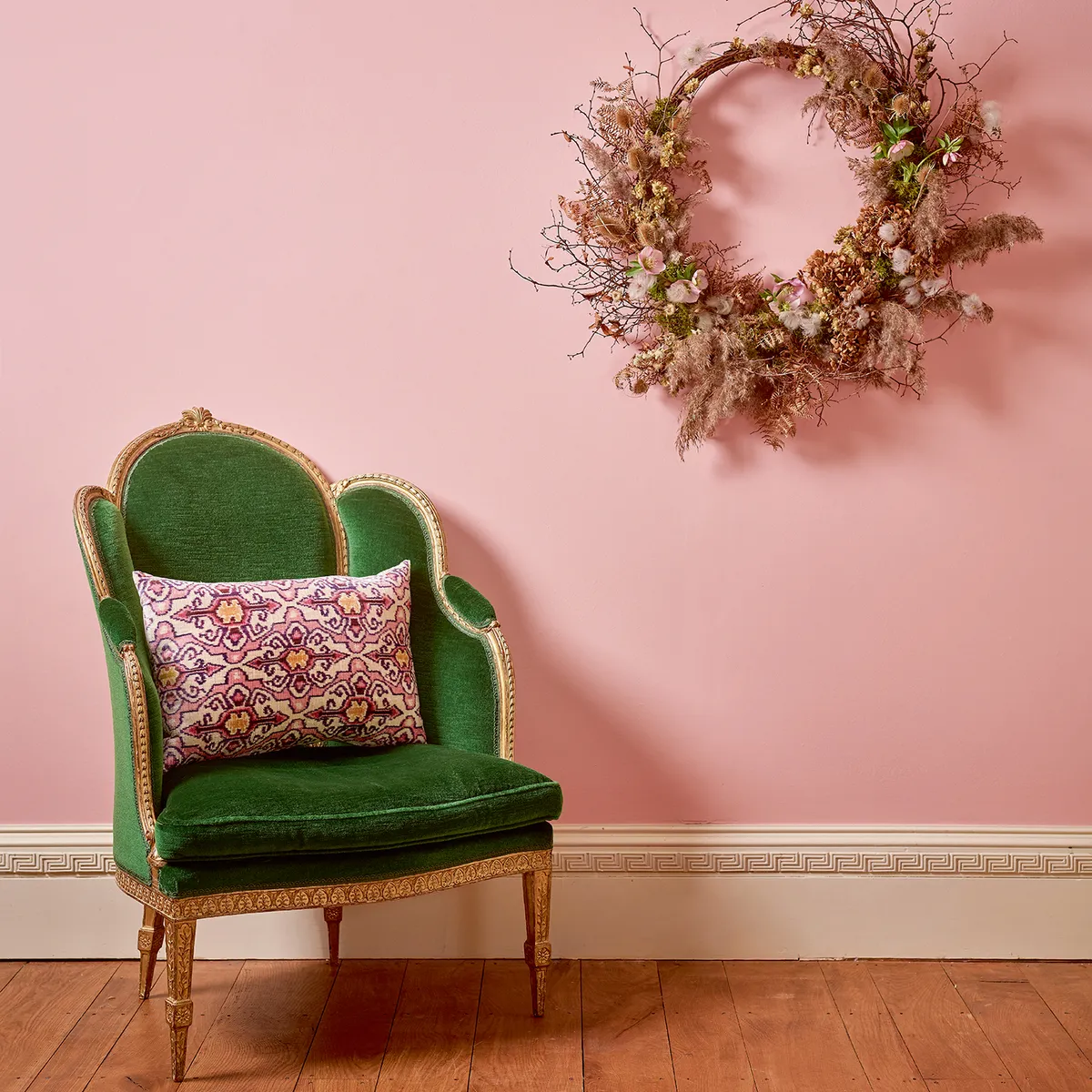
‘Manufacturers have adapted paints so they are water-based but most are still using binders made from petrochemicals,’ he says. ‘Just because they are water-based does not make them environmentally friendly. Our paint is made from naturally occurring raw materials of plant origin like linseed oil, or from mineral raw materials such as clay, earth and mineral pigments. We also provide a full list of ingredients.’
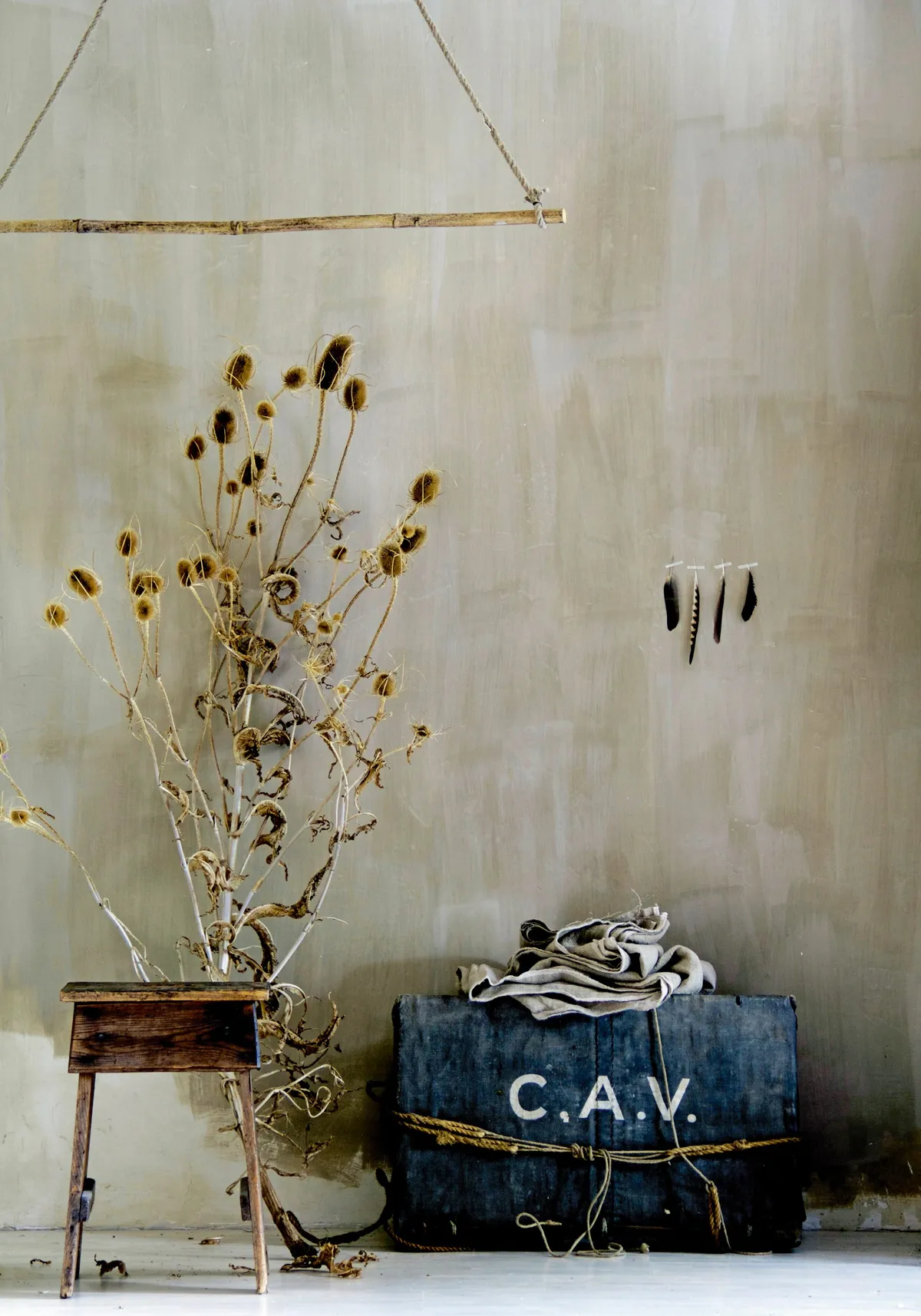
Edward says natural paints are better for period properties. ‘They allow them to breathe. They help materials such as wood and plaster regulate the water vapour in the air rather than trapping it.’ He is positive that paints will keep improving. ‘If we live more consciously and make demands on manufacturers, they will start to invest in better technologies so we can live in a better world.’
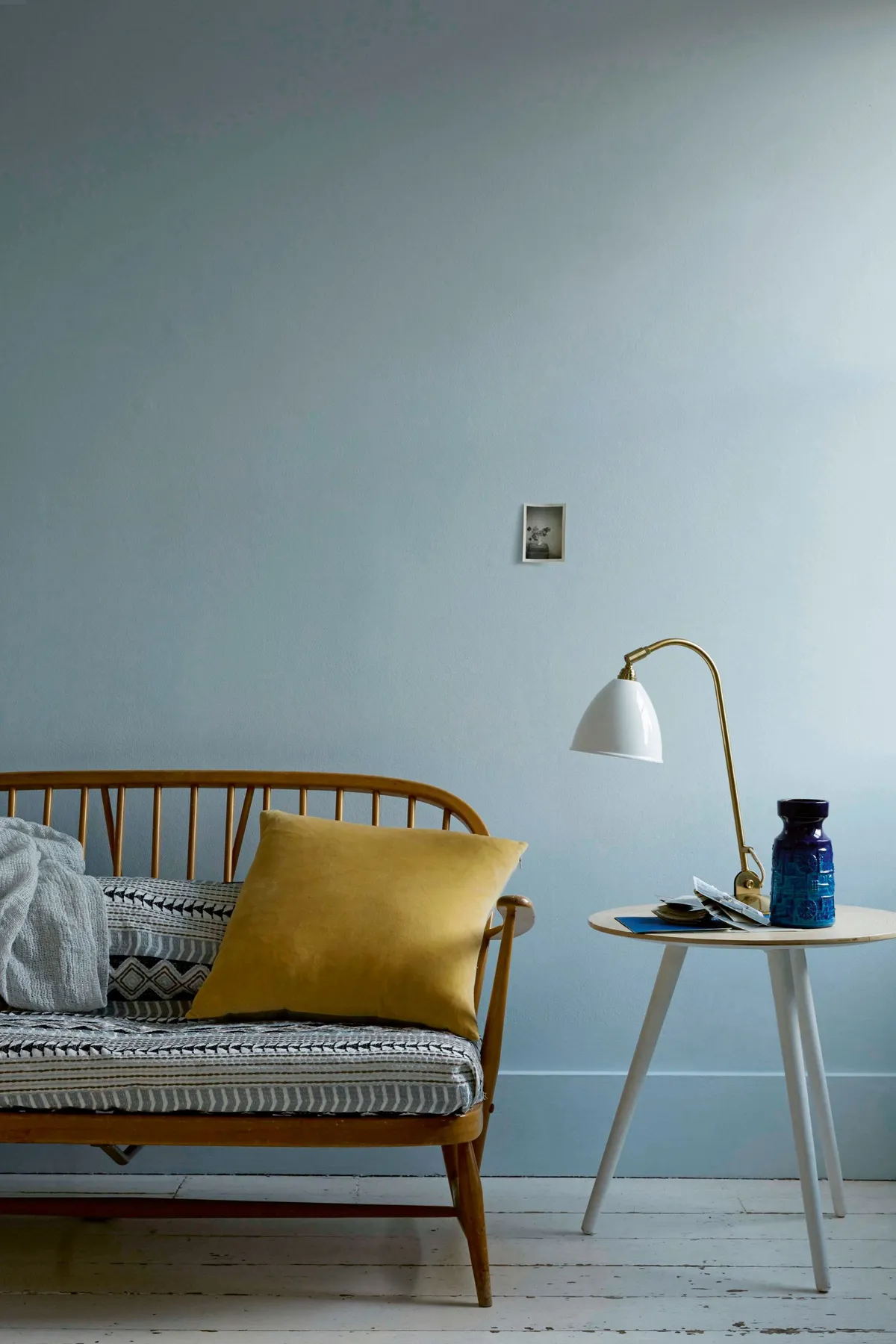
Oliver Heath, an expert in sustainable architectural and interior design, says creating a healthier space to live in not only benefits the natural world but makes us feel better mentally and physically: ‘We spend 90 per cent of our lives inside, so interior spaces have a big impact on our physical, emotional and mental states. We have a cocktail of toxins in our homes and there are now more allergy sufferers, people with skin sensitivity and breathing difficulties. We need to use finishes and materials that are healthier.’
